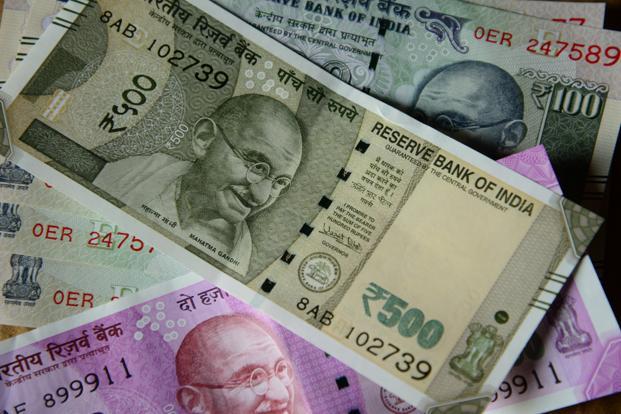
The Indian currency of rupee has touched a record low of 68.89 against the dollar in opening trade in the currency exchanges, which registers its fall of 26 paise from the earlier close.
The rupee was down by 30 paise. Accordingly, it hit to a 19-month low of 68.54 against the US dollar in initial trade. In the preceding session, rupee had posted the biggest fall against the dollar since June 19. That fall is considered as one of the biggest in the recent times.
A regular and increasing demand for dollars from banking institutions and importers, as well as oil refiners, which follows higher crude oil prices, are keeping the rupee under pressure.
But the continuous fall in rupee value against the dollar is ascribed to a number of reasons but the main areas under:
The demand for Dollar
The strength of the dollar in the international market, against some foreign currencies, have weighed heavily on the Indian unit. The Dollar strength has crossed its major hurdles, it is feared.
OPEC’s attitude
After the OPEC announcement of last week, crude prices in the oil markets on various courses have been getting supports on lower levels. Subsequently, the Indian currency was feeling itself under pressure.
The probability of a Trade war
The Indian currency of rupee has depreciated sharply against the dollar recently and one probable reason is the undue rhetoric of the rising trade war. The utterances by the United States and its top functionaries are partly responsible for fuelling them, it is said.
Trends in other markets
It is not only India, which is feeling the heat of the weakness of the currency. Weakness in Chinese Yuan and other emerging market currencies, including the rupee, had been under pressure against the US dollar for long.
Globally, US oil prices are on the downtrends from three-and-a-half-year highs. The physical markets have remained in a positive mood despite record demand and ongoing disruptions.
What does it mean?
Price levels and exchange rates are highly correlated.
When the home currency becomes depreciated, imports usually become costlier. It then affects the price level in the short run.
When the exchange rate changes or the home currency depreciates, exports become cheaper. So the volume of export usually increases. It is a usual thing that when exports increase, the price in the domestic market of that particular commodity increase to the extent the prices in the home and foreign markets become equal.
Imports become costlier then and it thus falls. The fall in demand may lead to falling in the price in the other countries, then the home turf. The price continues to fall until they become equals in both the countries.
However the prices, thus arrived will still be higher than the earlier price. Therefore, a depreciation of home currency will increase the price levels in the home country, but cheaper in foreign countries.
 Amazing India Blog Know India Better
Amazing India Blog Know India Better





